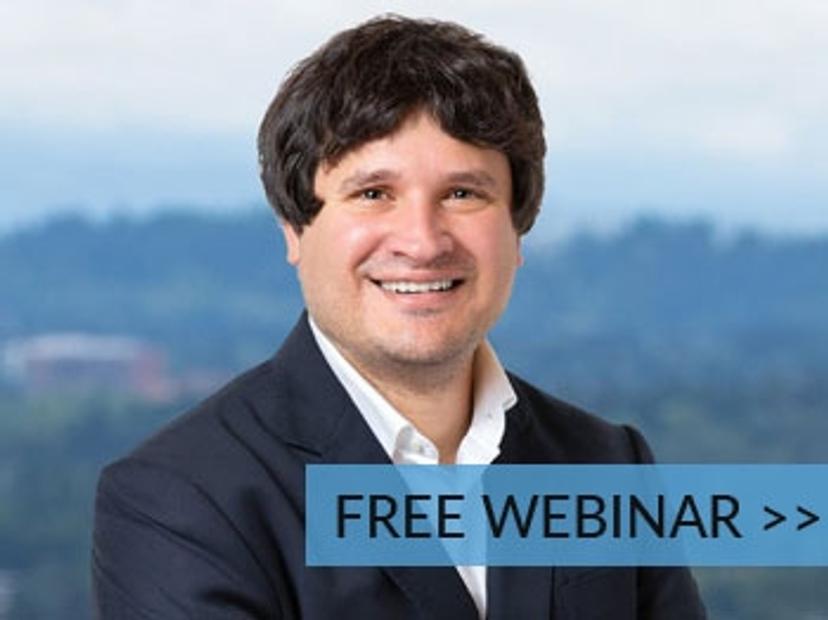Single-cell genomic analysis: Best practices for choosing your method
Review the experimental workflow from sample processing to sequencing and data analysis with this on-demand webinar
29 Mar 2021

Next-generation sequencing has opened the door to the study of biological systems at the single-cell level. This technology offers high scalability, throughput, and sensitivity for detection of novel genes, quantification of rare variants, and identification of transcripts at a single-cell level. Depending on their application, researchers have the option of choosing a method that examines either the entire transcriptome or the expression of a specific gene.
In this on-demand SelectScience webinar, Dr. Maurizio Morri, Research and Operations Laboratory Manager, Chan Zuckerberg Biohub at Stanford University, covers:
- Best practices for setting up your single-cell experiments, including choosing the optimal technique based on the research application.
- How your experimental pipeline can be adapted to the sample of choice for maximum data acquisition.
- How to analyze single-cell sequencing results.
Find the highlights from the live webinar Q&A session below or register to watch the webinar at a time that suits you.
Q: Which are some of the difficult tissues to work with in terms of cell yield for NGS? Are there any established protocols or tips you can describe, that improve cell processing for these difficult tissue types?
MM: This is fully dependent on the last part of the question, if there are any established protocols, it really depends on which organs we are talking about. From my experience in human tissue and organs, the pancreas is the most difficult as it's really difficult to disassociate the cells. Once they're disassociated, they can't stick together and they tend to die very, very fast. It's really problematic. The solution that we have found is that sometimes, it's better to have an overnight disassociation step. Although it might sound a bit counterintuitive, the disassociation itself is really gentle and the final results allow you to sort for the ones that are still alive yourself. At the end, you're going to have live cells and cells which are not stressed.
Q: What are the most practical and speedy technologies to detect an uncoded genetic formation of a novel cell?
MM: What I would suggest, and it's what we do now, is not to use just one single technology. Because, if you want to identify a novel cell type you might want to have at least two different techniques. What I suggest, is that you use two techniques and use any hooded-based system to compare them together. What you can do is be really specific when you do the first sorting, then you can do an additional sorting before the microfolic step. You will need to be stringent with the QC on the data at the sequencing step. There might be a tendency, when you see something novel, to think that it's a new cell type. I can tell you that 90% of the time, what you're going to have is just maybe doublets or even triplets, so you have to see these novel cells with more than just one technique. That's the suggestion that I can give.
Q: In the last cell atlas data that you shared, there is a different signal for the same tissue when you use SAC-based sorting and small sequencing, such as micro somatic message. What are the reasons for this difference?
MM: This difference is why we use both techniques. This doesn't happen for only one tissue, we expect to see this difference for different tissues. In the perfect somatic experiment, you're going to get, let’s say 20,000, 30,000 genes. In the perfect microfluidic experiment, you're going to get 2,000, 3,000 genes, and this means the way you are going to identify gene markers, or where you are going to identify genes to cluster these cells, is different. The idea is that if you probe the same organ or the same tissue with two different methods, it’s likely the most important markers are going to be there, and that's how you identify your cells. But, when you go to the fine-tuning, that's the point at which you are actually going to see the difference. So, today if we would have not seen a difference between the two different methods, that would be a problem, or we would have thought there is something amiss in the method itself. You really want to see a difference.
SelectScience runs 10+ webinars a month across various scientific topics, discover more of our upcoming webinars>>

